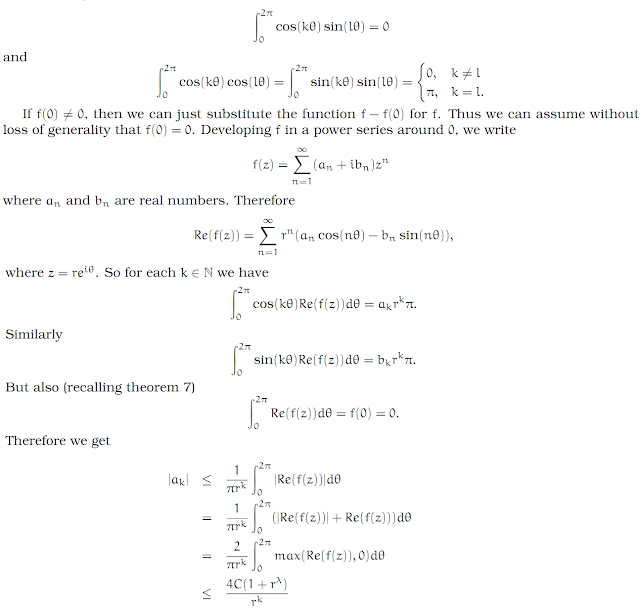Linear Algebra: #1 Introduction
The mathematical idea of a vector plays an important role in many areas of physics.
- Thinking about a particle traveling through space, we imagine that its speed and direction of travel can be represented by a vector v in 3-dimensional Euclidean space ℜ3. Its path in time t might be given by a continuously varying line — perhaps with self-intersections — at each point of which we have the velocity vector v(t).
- A static structure such as a bridge has loads which must be calculated at various points. These are also vectors, giving the direction and magnitude of the force at those isolated points.
- In the theory of electromagnetism, Maxwell’s equations deal with vector fields in 3-dimensional space which can change with time. Thus at each point of space and time, two vectors are specified, giving the electrical and the magnetic fields at that point.
- Given two different frames of reference in the theory of relativity, the transformation of the distances and times from one to the other is given by a linear mapping of vector spaces.
- In quantum mechanics, a given experiment is characterized by an abstract space of complex functions. Each function is thought of as being itself a kind of vector. So we have a vector space of functions, and the methods of linear algebra are used to analyze the experiment.
Looking at these five examples where linear algebra comes up in physics, we see that for the first three, involving “classical physics”, we have vectors placed at different points in space and time. On the other hand, the fifth example is a vector space where the vectors are not to be thought of as being simple arrows in the normal, classical space of everyday life. In any case, it is clear that the theory of linear algebra is very basic to any study of physics.
But rather than thinking in terms of vectors as representing physical processes, it is best to begin these lectures by looking at things in a more mathematical, abstract way. Once we have gotten a feeling for the techniques involved, then we can apply them to the simple picture of vectors as being arrows located at different points of the classical 3-dimensional space.










